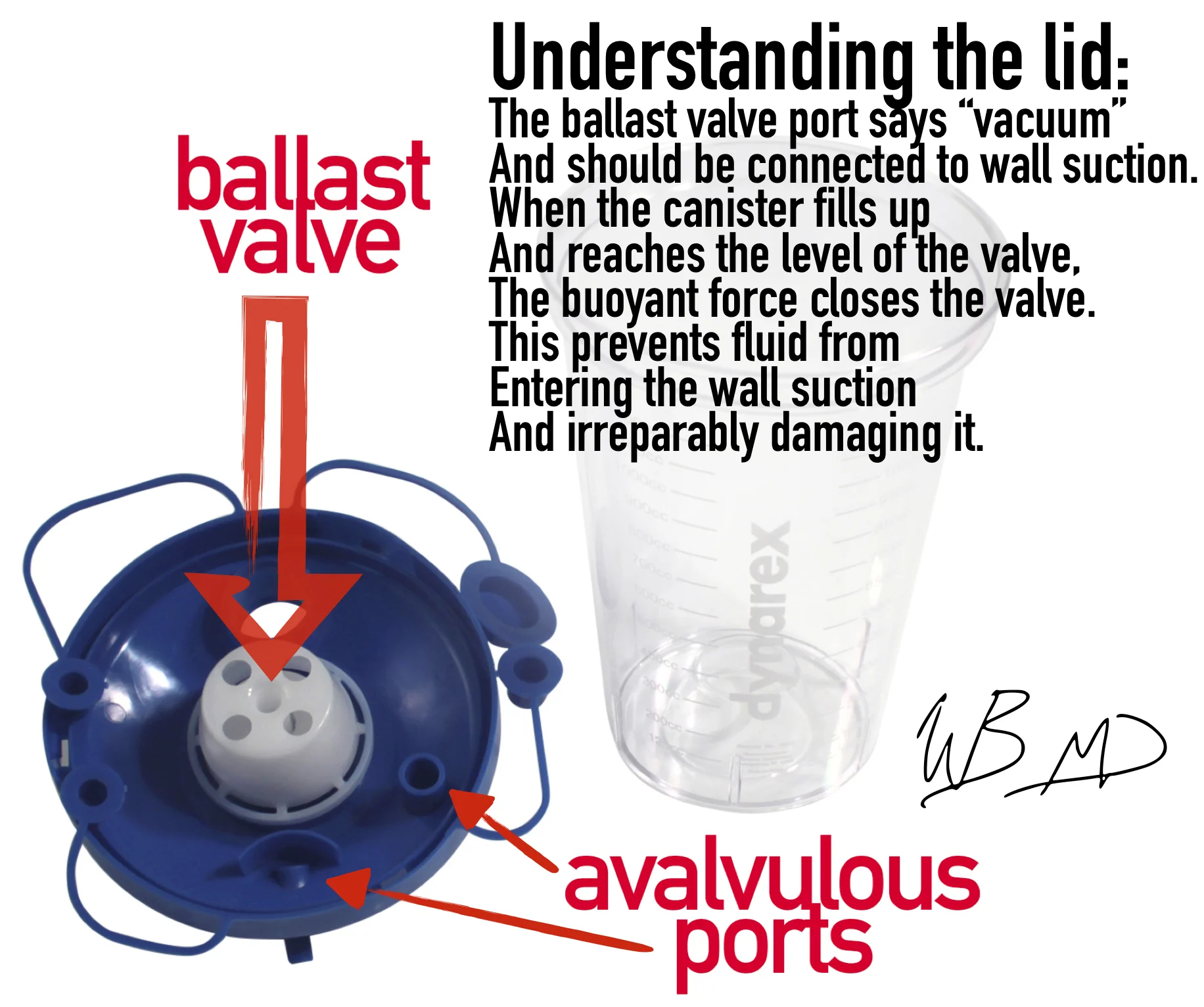The subject of today's pearl of the day is
catatonia
.
One day a long time ago, in another galaxy, in Resus: there was a young-ish obtunded patient with a history of bipolar disorder who was brought in as notification for altered mental status. He was completely unresponsive. He was mute, stuporous, and “rigid” (however this was more likely waxy flexibility). His medical workup including neuroimaging was negative. He eventually was diagnosed with catatonia. This is an uncommon presentation that we do sometimes see in the ED.
Catatonia is not specific to any particular disorder and can be seen in virtually all psychiatric disorders.
Catatonia can also be the result of an undiagnosed medical condition.
Catatonia can occur in up to 35% of patients with schizophrenia
at some point in their life, but as per DSM-V, it is more commonly seen in patients with bipolar disorder and major depressive disorder (most likely because these diseases are more prevalent).
Apparently, 20% of hospitalized patients diagnosed with catatonia actually had a medical cause, either neurologic, toxicologic, metabolic, or infectious.
Two-third's of medical catatonic patients had central nervous system etiology
. So the medical workup should include neuroimaging and LP to rule out encephalitis.
As per the DSM-V,
catatonia includes 3 or more of the following
:
stupor, catalepsy, waxy flexibility, mutism, negativism, posturing, mannerism, stereotypy, agitation, grimacing, echolalia, echopraxia
. (I attached the DSM-V criteria which have definitions of those terms).
The mainstay of treatment in the emergent psychiatric settings is Benzodiazepine (BZD) therapy
. Ironically, increasing GABA signaling can break someone out of a state of catatonia, which clinically can appear as an already neurologically depressed state.
A meta analysis of BZD treatment shows remission rates anywhere from 66-100%
.
However, Cochrane reviews regarding treatment of catatonia found no significant difference between BZD treatment, electroconvulsive therapy (ECT), and placebo.
There is a possibility that
the field of psychiatry has not sufficiently differentiated the etiologies of catatonia
to stratify patients into distinct treatment groups.
Although the subjective experience of the catatonic patient remains unclear, I like to think of it as the
worst anxiety attack you could ever imagine
. This mostly is for the stuporous, cataleptic, and mute patient.
Investigating this further, a retrospective German study interviewed patients who had recovered from their catatonia. They found that predominating symptoms were either intense anxiety due to uncontrollable emotions or profound ambivalence and cognitive paucity. This suggests
there are at least several subjective mental states that create the same clinical picture of catatonia
(not including the medical causes).
Regarding the putative etiology of catatonia that derives from profound lack of emotion and paucity of ideas, this seems to be more derived from the negative symptoms of schizophrenia/schizoaffective disorders. There are conflicting data that seem to support a trial of BZD as well, and clinical practice is to give BZD. We can let our psychiatry colleagues decide if their inpatient hospital course portends electricity to the brain in the form of ECT. Defibrillation works for the heart, why not for the brain,
right
?
For a patient in the ED setting with catatonia who has had a negative medical workup, a trial of BZD therapy is totally appropriate and may completely reverse their catatonia. If you strongly suspect catatonia, you could trial BZD therapy while the medical workup is in progress.
In summary:
an acutely catatonic patient needs full medical workup and some BZD's if their clinical picture supports their use
.




